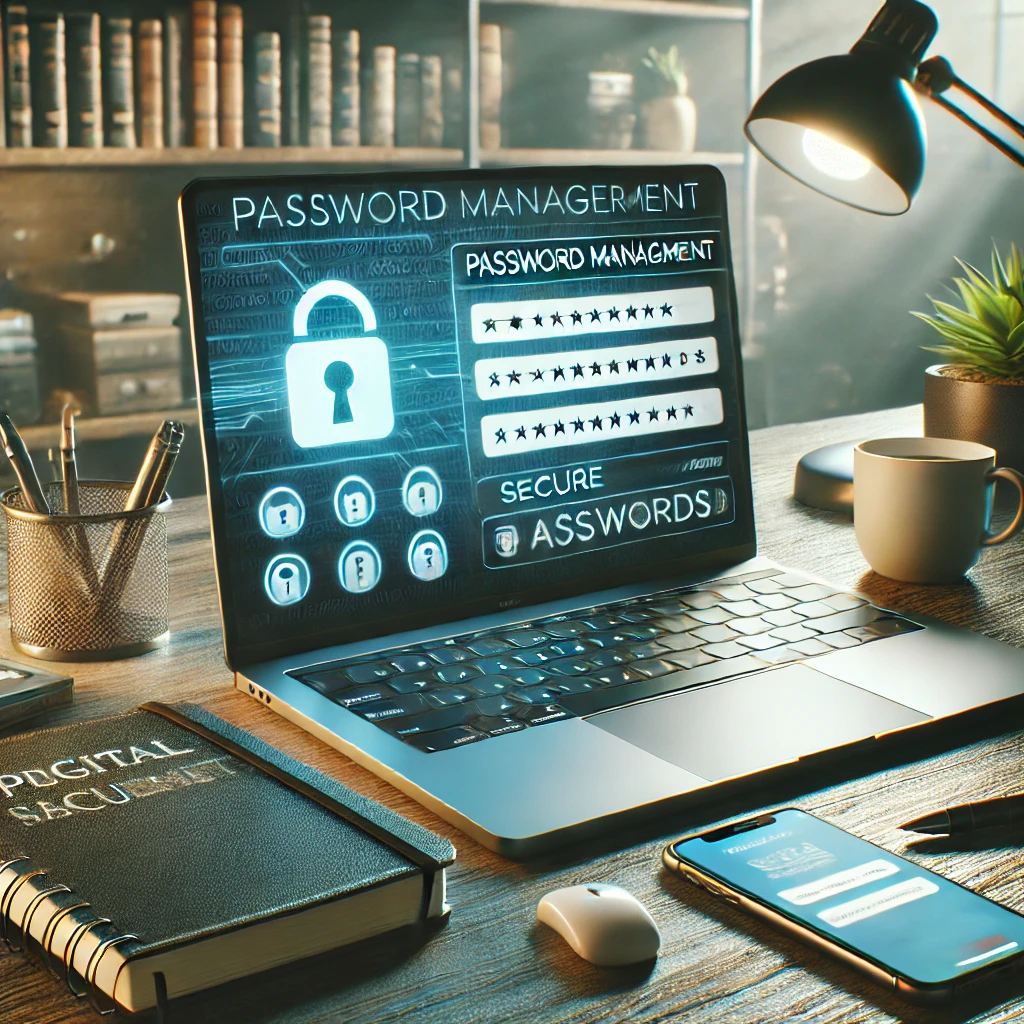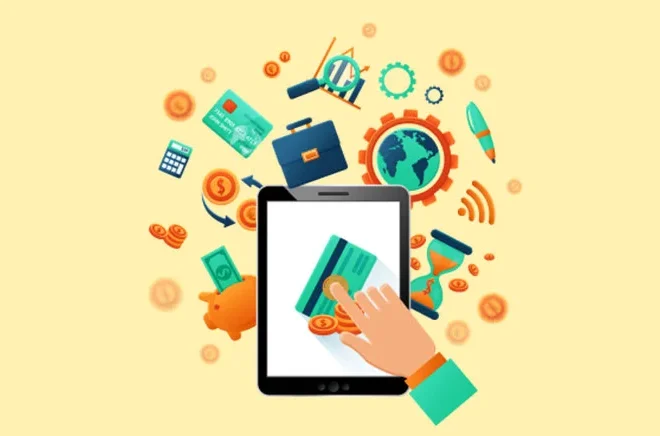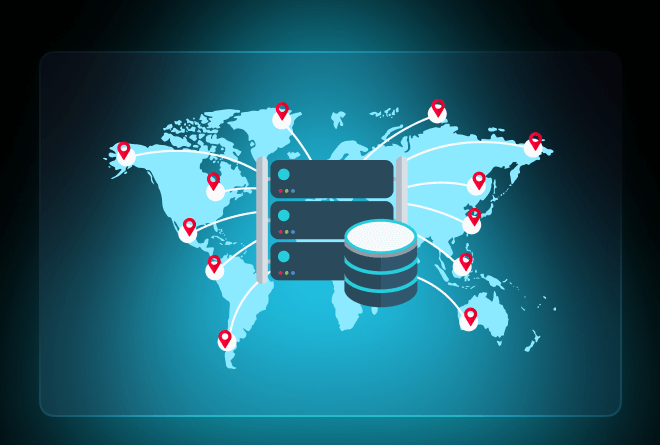Best Practices for Secure Password Management on Websites

In today’s digital world, managing passwords securely has become a critical component of personal and business cybersecurity. With increasing threats from hackers, identity theft, and data breaches, users must adopt secure practices to protect their accounts on websites. This article delves into the best practices for secure password management, helping users stay safe in an increasingly connected environment.
Why Secure Password Management is Essential
Passwords act as the first line of defense against unauthorized access to online accounts. They protect sensitive information, such as financial data, emails, and personal details. Without strong password management, individuals and organizations are vulnerable to hacking attempts, identity theft, and even large-scale data breaches.
According to a report by Cybersecurity Ventures, cybercrime damages are predicted to exceed $10.5 trillion annually by 2025. This makes it more crucial than ever to ensure your passwords are secure and resistant to cyber attacks.
Key Risks of Poor Password Management
- Data Breaches: Weak passwords increase the chances of data breaches, leading to personal and organizational information being exposed.
- Account Hijacking: Cybercriminals can gain control of user accounts and misuse them for fraud or malicious activities.
- Phishing Attacks: Poor password practices may make users more susceptible to phishing attacks, where attackers impersonate trusted entities to steal login credentials.
- Password Reuse: Using the same password across multiple websites amplifies the risk if one account gets compromised.
Best Practices for Secure Password Management
1. Use Strong, Unique Passwords
One of the most effective ways to secure your online accounts is to use strong and unique passwords. A strong password should contain a mix of:
- Upper and lowercase letters
- Numbers
- Special characters (e.g., !, @, #, $)
- A length of at least 12 characters
By combining these elements, your password becomes harder to guess or crack using brute force or other attack methods. Additionally, never use easily guessable information like your name, birthdate, or simple sequences (e.g., ‘123456’).
2. Enable Two-Factor Authentication (2FA)
Two-factor authentication (2FA) adds an extra layer of security to your accounts. Even if a hacker obtains your password, they will also need access to your second form of authentication—usually a mobile device or email. This can dramatically reduce the chances of unauthorized access.
Many websites and services offer 2FA, often in the form of a text message or an app like Google Authenticator or Authy. Always enable 2FA when available, especially for high-risk accounts such as banking, email, and social media.
3. Use a Password Manager
Remembering a unique, strong password for each website can be overwhelming. A password manager is a secure tool that helps you store and manage your passwords. These tools generate complex passwords, store them in an encrypted vault, and automatically fill in login details for websites.
Some popular password managers include LastPass, Dashlane, and 1Password. These tools not only help you create strong passwords but also ensure that you are not reusing passwords across multiple sites.
4. Avoid Password Sharing
Sharing passwords with others is a risky practice that should be avoided. Even if you trust someone, sharing your login credentials makes your account vulnerable. Instead, consider using tools designed for securely sharing passwords, such as a password manager’s shared vault feature, where permissions can be managed and revoked.
5. Update Passwords Regularly
Changing passwords periodically reduces the risk of them being compromised. While it may seem tedious, updating passwords every 3-6 months for critical accounts (such as banking and email) can significantly enhance your security. Ensure that your new password is different from previous ones to avoid pattern recognition by potential attackers.
6. Be Wary of Public Wi-Fi
Public Wi-Fi networks, such as those in coffee shops or airports, are often unsecured and can be a target for hackers. When accessing sensitive accounts on public Wi-Fi, use a Virtual Private Network (VPN) to encrypt your internet connection and protect your passwords from potential eavesdropping.
If possible, avoid logging into financial accounts or entering sensitive information when connected to public Wi-Fi networks.
How to Recover from a Compromised Password
1. Act Quickly
If you suspect your password has been compromised, act quickly to minimize potential damage. Change your password immediately, and enable 2FA if you haven’t already. Notify any service providers where you may have an account, and monitor them for suspicious activity.
2. Check for Unusual Account Activity
Review your account’s login history and transaction records to identify any unauthorized actions. If you notice any unfamiliar activity, report it to the service provider and consider freezing or locking your account temporarily.
3. Use Security Alerts
Many websites offer email or SMS notifications for account logins from new devices or unusual locations. Make sure you enable these alerts to be instantly notified of suspicious activity.
Secure password management is an essential part of personal cybersecurity in today’s digital age. By following these best practices—using strong passwords, enabling 2FA, using password managers, avoiding password sharing, and staying vigilant—you can significantly reduce the risk of your accounts being compromised. Remember, your online security is only as strong as the weakest link in your password management practices. So take the necessary steps to protect yourself and your digital assets.



